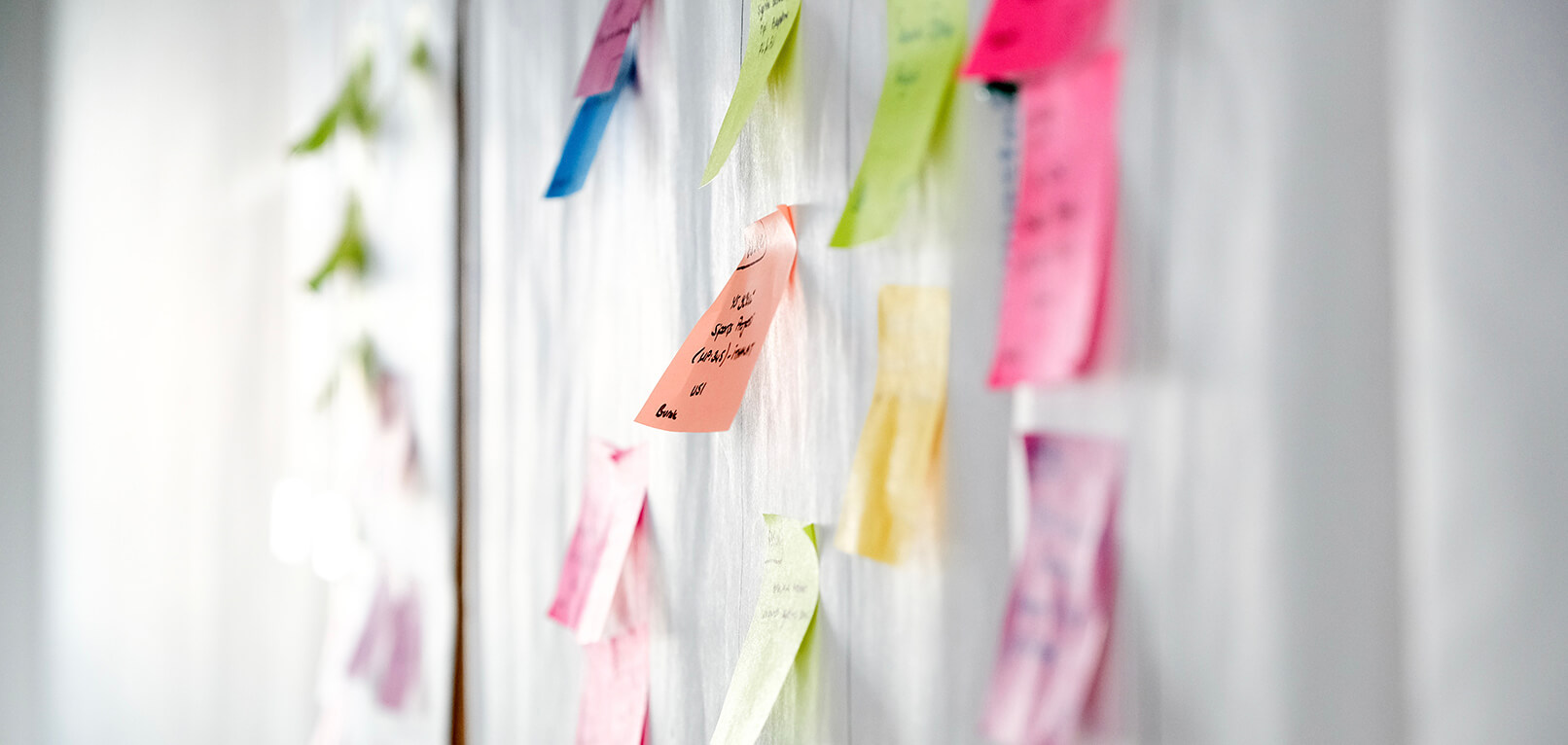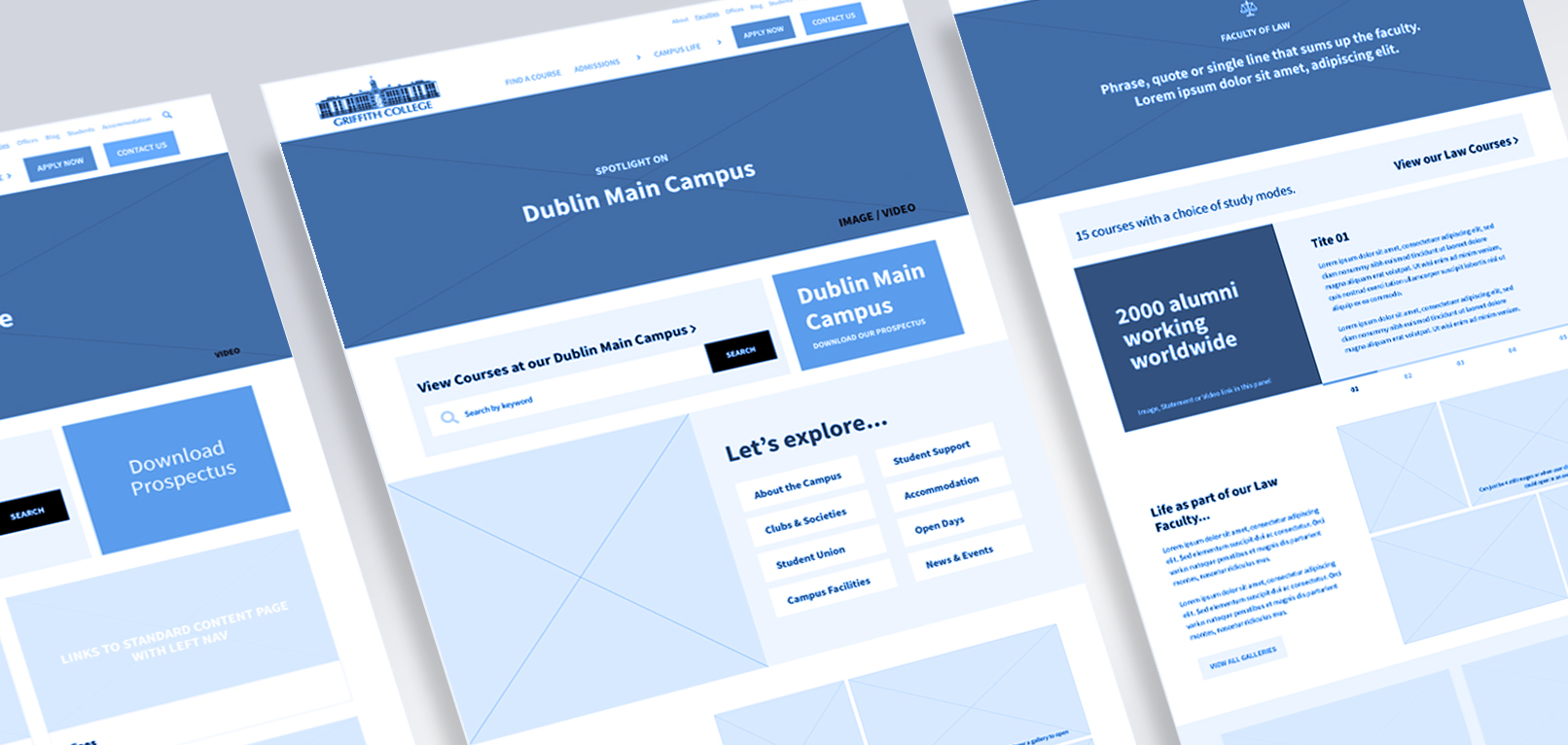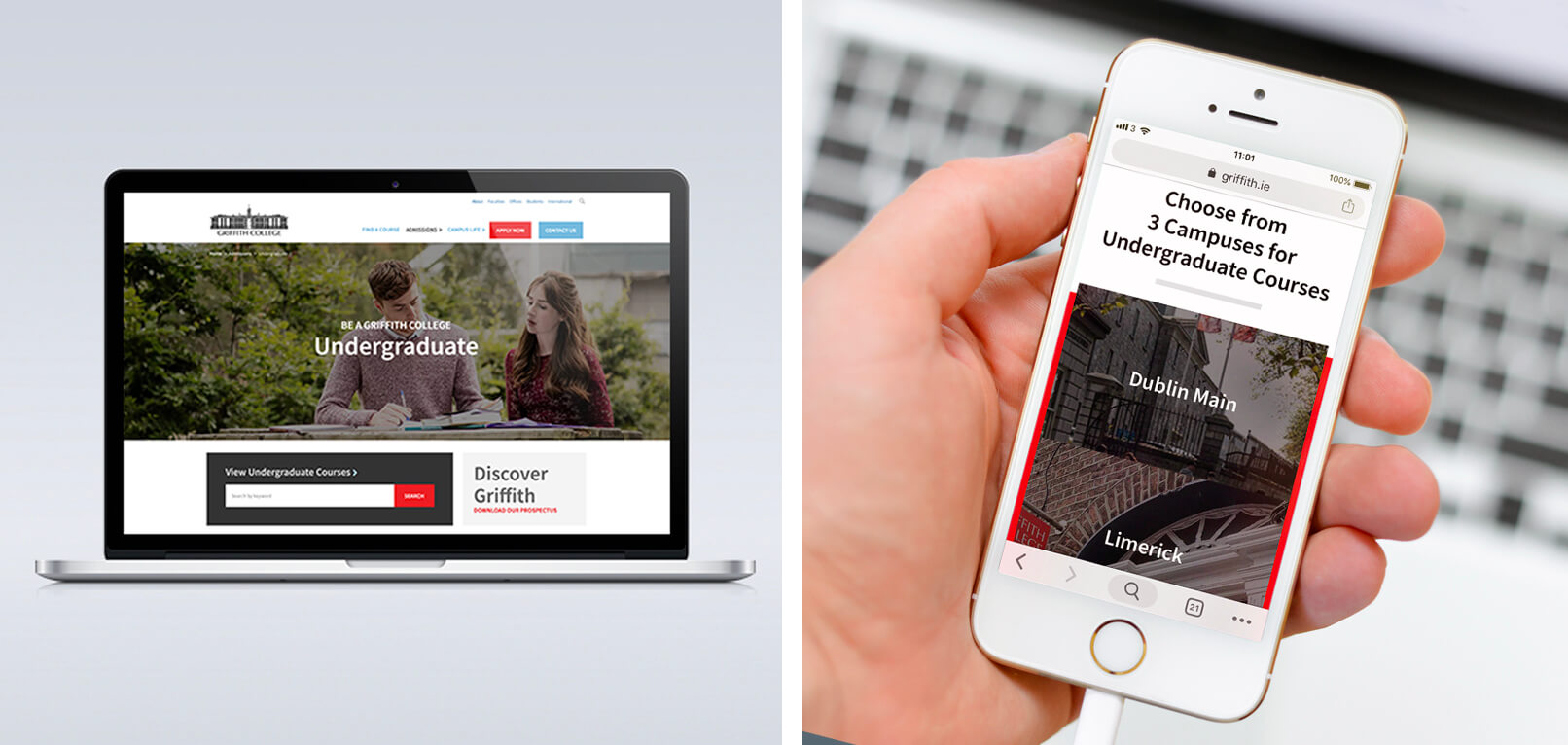Web design in Ireland: "Always comes back to the user".
We interviewed one of our senior designers, Therese, on the most common mistakes and challenges organisations encounter in website design.
We interviewed one of our senior designers, Therese, on the most common mistakes and challenges organisations encounter in website design.

We often work with B2B companies that have grown steadily within the Irish market, relying heavily on word of mouth and referrals. This works very well in Ireland where within a specific industry, operators can be well known to each other. Problems can arise for them when they want to grow beyond their own locality or to develop into new markets in the UK and Europe. Their website was of minor importance when they had that face-to-face connection, but now it carries far more weight, and their brand begins to matter a lot.
Without that personal connection, a new leads’ first impression of their company is through the website and content. What we often come across is that the company’s website doesn’t convey the brand in a meaningful way. They don’t reflect their key selling points, then they’re realising it’s an uphill battle to build brand recognition and trust and stand apart from competitors in aggressive new markets. That’s the common challenge we see. And with a clear plan of action, there’s great potential to positively impact sales outcomes.

I think it is all in the approach you take from the outset. Proper planning upfront makes all the difference. You have to know what you’re aiming for. What are your business objectives? What are your products and services? What are your key targets? Who are your audiences? What sales strategies will you be using in Ireland or abroad? What about the competition and the overall industry landscape? What’s the clear message that will most resonate with your audience?
At the beginning of every project, we meet with our client to clarify all aspects of the website design. We get a sense of what the competition is doing, what the website user’s expectations are, and we find opportunities to make our client stand out from their competitors. We also help our clients simplify their brand message and deliver it effectively and strategically through their website and online presence. If there is a need for greater clarity or direction around the brand, we facilitate brand development workshops involving management and staff.
Once a clear strategy has been formed, we can then help to clarify the website’s objectives and build the architecture, sitemap and content around that strategy. If the client doesn’t have writers in-house, we have experienced copywriters that craft the content, creating copy that conveys the specific brand personality and can be optimised for both the user and search engines. By following this process, we can ensure that the client’s website is not merely functional but a valuable tool for lead generation and for supporting their sales and marketing activities.

Internal priorities within a company can easily overtake the website user’s needs. It easily creeps in; internal politics come into play and there can also be an accepted internal view of how things are supposed to be that is hard to shake. We bring our clients on a journey that begins with establishing the needs of their end-users and then keeping those needs at the forefront of all the decision making.
As a simple example, say you have a school website, and you need web design in dublin. Its users are primarily the parents. But school inspectors will view the site too, so there should also be attention given to the things they would be looking for. Since school inspectors are in the minority, this would be considered an ‘edge case’. Edge cases can’t be ignored, but we also don’t want to allow them to infringe on the experience of the primary users and the most common user journeys.
We always take a user-led approach so that our decisions are centred on meeting the needs of the user and making their experience as seamless as possible. We can also establish the hierarchy of the various audiences and then reflect that hierarchy in the sitemap, content and finally design. For larger organisations with many stakeholders, we can hold workshops to investigate and develop the site structure collaboratively. This can help ensure you have buy-in from all the departments in the organisation and can expedite the whole process.

Setting up a great website and online presence is the first step – but it needs to be actively managed. We would always recommend that one person is assigned the task of overseeing all activity on the website — a gatekeeper as such.
When you have internal activities, SEO, monthly targets and marketing considerations all pushing for site changes to reach an objective, it can easily lead to poor practices in terms of branding, UX and design. Say a new page or design is rushed through. It gets more traffic, but is it a success if the content leaves a bad impression of the brand? We provide training and support to our clients to ensure they stay on-course with their brand strategy and the needs of their user so that any later modification or addition to the site connects with the user positively and help the brand’s long-term reputation.
